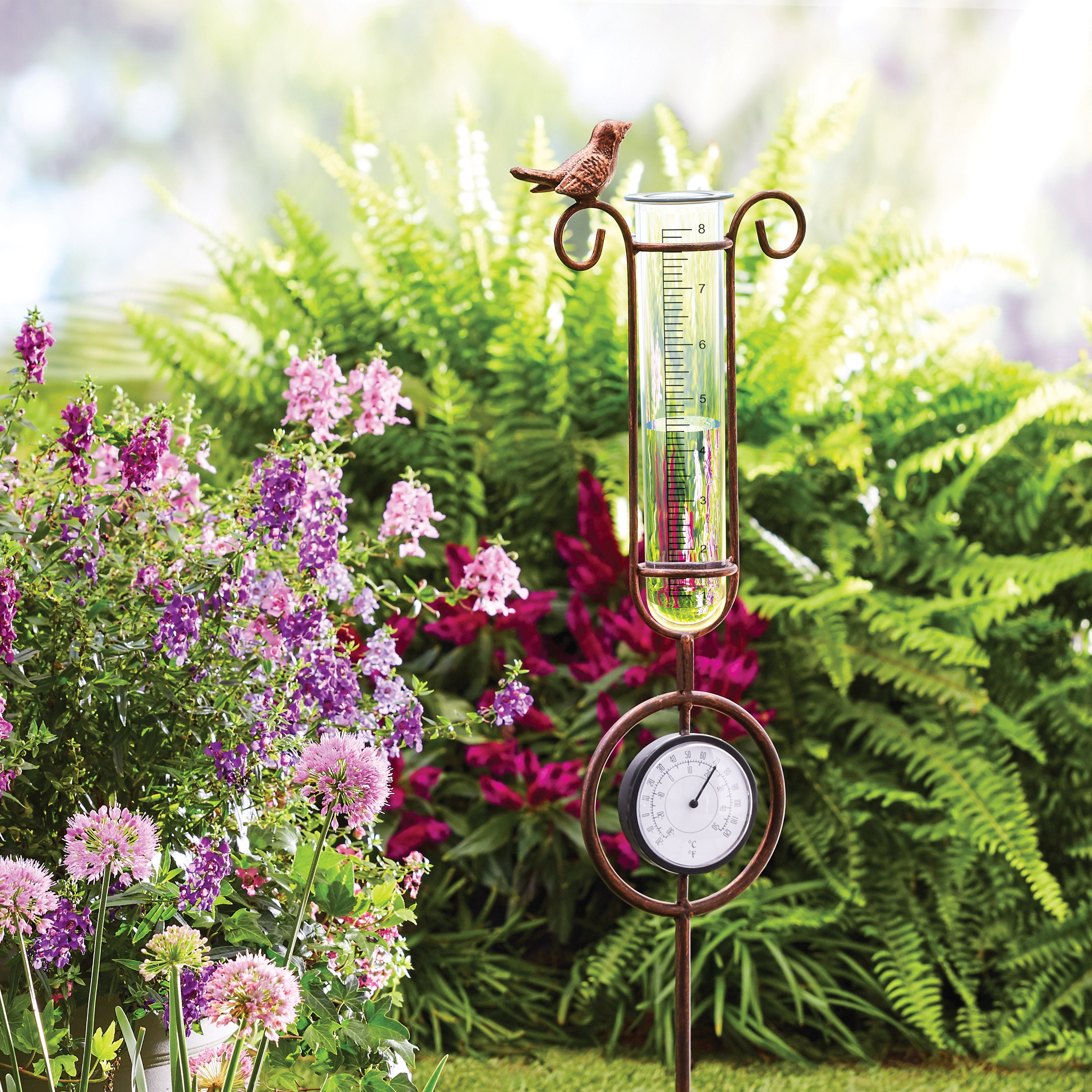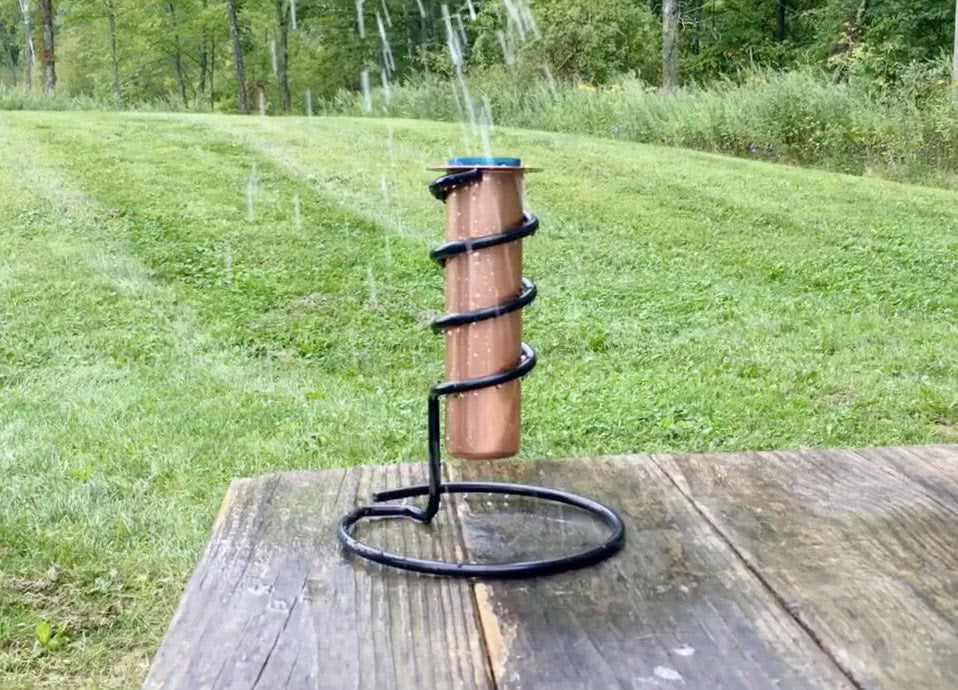The Rain Gauge: A Comprehensive Guide to Accurate Weather Condition Dimension
The Rain Gauge: A Comprehensive Guide to Accurate Weather Condition Dimension
Blog Article
DIY Rain Scale: Straightforward Steps to Make Your Own
Are you thinking about tracking rains in your location? Producing your own DIY rainfall scale is a simple and reliable way to record and determine rainfall. With just a couple of common products and some basic steps, you can conveniently construct your own rainfall gauge in your home. In this overview, we will supply you with a step-by-step process to aid you create your own rainfall scale. No need for any type of specialized expertise or equipment - this job can be completed by anyone. By complying with these basic instructions, you will have a reliable tool to determine rains and add to your understanding of the local weather condition patterns. So, allow's start on making your DIY rain scale today!
Gather Materials
To start building your DIY rainfall scale, gather all the essential materials making use of a detailed checklist of products. Having the best products on hand will make sure the effective creation of your rain scale and allow for precise dimensions of rains. Gathering these products beforehand will simplify the construction process and make certain that you have everything you need to produce your very own Do it yourself rain gauge.
Prepare the Container

Mark the Dimension Increments
To accurately gauge the quantity of rains, precisely noting the dimension increments on your do it yourself rain scale is essential. Without clear and specific markings, it would be challenging to determine the precise amount of rainfall gathered in your rain scale. Right here are the actions to note the measurement increments on your rain gauge.
First, choose the system of dimension that you want to make use of. The most usual systems for gauging rainfall are millimeters and inches. When you have actually selected the device, utilize an irreversible marker or water-proof paint to mark the increments on the side of your rainfall scale. For inches, you can mark every quarter inch or every half inch, relying on your preference. For millimeters, you can note every 10 millimeters or every 20 millimeters.
When marking the increments, it is essential to ensure that they are evenly spaced and clearly noticeable. Make use of a ruler or measuring tape to make sure precision and uniformity. Furthermore, ensure that the markings are immune to fading or scrubing off, as exposure to the components might trigger them to degrade over time.
Place the Rainfall Scale Outdoors
The rain gauge need to be positioned outdoors to properly accumulate rains data. The location chosen for the rain scale need to be totally free and open from any type of obstructions that could potentially influence the measurement of rainfall. The Rain Gauge.
Additionally, it is important to place the rain scale on a steady surface area, such as a level ground or a tough message. This will certainly protect against any kind of movement or tilting of the gauge, which can result in unreliable dimensions. you can try this out It is additionally advisable to stay clear of placing the gauge near any kind of resources of fabricated water, such as lawn sprinklers or drainage systems, as this can hinder the accuracy of the dimensions.
Screen and Record Rain Data
Normal monitoring and recording of rains data is important for exact data evaluation and interpretation. By keeping an eye on rainfall dimensions, you can get valuable understandings why not try this out into climate patterns, environment trends, and water source management. To successfully monitor and videotape rainfall information, it is important to develop a regular and preserve regular practices.
To start with, guarantee that your rainfall gauge is positioned in an open location away from challenges such as trees or structures that may obstruct rains. Additionally, see to it the rainfall gauge is level and safely secured to avoid any type of activity that could impact the precision of the measurements.

When videotaping the rains information, it is necessary to note the date and time of each measurement. Utilize a ruler or a determining stay with identify the rainfall depth in the rain gauge, and record this info precisely.
To guarantee the accuracy of the measurements, it is advised to clear the rainfall gauge after each recording. This will avoid any overflow or evaporation from influencing succeeding measurements.
Verdict
To conclude, producing a DIY rain gauge is a straightforward and functional method to monitor and videotape rainfall information (The Rain Gauge). By complying with the actions detailed in this short article, you can conveniently gather products, prepare the container, mark the dimension increments, and put the rainfall scale outdoors. Routinely these details keeping track of and videotaping rainfall information can offer beneficial info for numerous purposes
Having the appropriate materials on hand will certainly ensure the successful production of your rain scale and allow for precise dimensions of rainfall.To precisely gauge the amount of rains, properly marking the measurement increments on your Do it yourself rain gauge is crucial.The rain gauge need to be placed outdoors to precisely accumulate rainfall data. The area picked for the rain gauge must be totally free and open from any kind of blockages that could potentially influence the measurement of rainfall.In final thought, developing a DIY rain gauge is a straightforward and practical means to keep an eye on and tape rainfall information.
Report this page